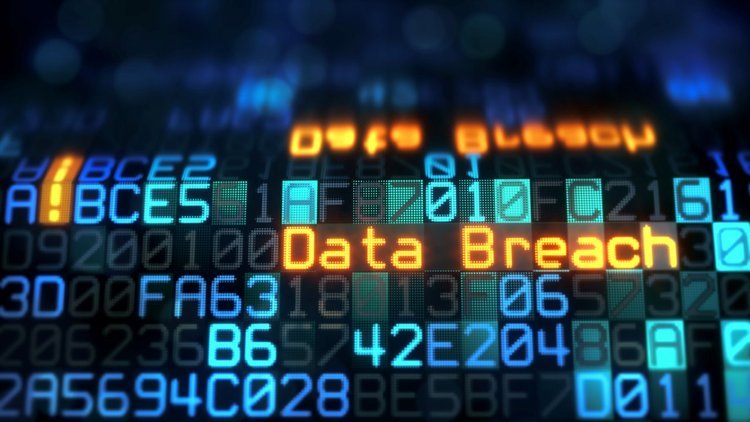Table of Contents
In today’s digital age, securing your passkeys is more crucial than ever. Cyber threats are becoming increasingly sophisticated, and one particular danger that has been on the rise is authentication method redaction attacks. These attacks aim to compromise the very methods we use to verify our identities online, leading to unauthorized access and potentially devastating consequences. But fear not! In this article, we’ll dive deep into effective strategies to secure your passkeys and thwart these malicious attempts. Let’s get started.
Understanding Authentication Method Redaction Attacks
Before we delve into the strategies, let’s first understand what authentication method redaction attacks are. Essentially, these attacks involve the manipulation or redaction of authentication methods used by a system to verify a user’s identity. Attackers exploit vulnerabilities in the authentication process, such as flaws in how passkeys are managed or transmitted, to gain unauthorized access.
Real-life Example: The SolarWinds Hack
A prominent example of such an attack is the SolarWinds hack. In this incident, attackers managed to insert malicious code into the software updates of SolarWinds, a company providing IT management tools. This code compromised the authentication mechanisms of numerous organizations, including government agencies and major corporations, leading to a massive data breach.
Strategies to Secure Passkeys
Now that we have a grasp of the threat, let’s explore strategies to secure passkeys and prevent authentication method redaction attacks.
1. Implement Multi-Factor Authentication (MFA)
One of the most effective ways to secure your passkeys is by implementing Multi-Factor Authentication (MFA). MFA requires users to provide two or more verification factors to gain access, making it significantly harder for attackers to compromise an account.
Example: Suppose you have an online banking account. With MFA enabled, you would need to enter your password (something you know) and then confirm a code sent to your mobile phone (something you have). This dual-layer security drastically reduces the risk of unauthorized access.
2. Use Strong, Unique Passkeys
It might sound obvious, but using strong, unique passkeys for each of your accounts is vital. Avoid reusing passwords across different sites and ensure each passkey is complex, combining letters, numbers, and special characters.
Example: Consider the password “P@ssw0rd123!” for your email account and “B@nana$moothie!456” for your social media account. These passkeys are both strong and unique, making it harder for attackers to crack them.
3. Regularly Update and Rotate Passkeys
Regularly updating and rotating your passkeys can help minimize the risk of them being compromised. Set a schedule to change your passwords every few months and ensure that old passwords are not reused.
Example: If you change your social media password every three months, even if an attacker manages to get hold of your old password, it would be useless once you update it.
4. Deploy Passkey Management Tools
Passkey management tools, such as password managers, can help you generate, store, and manage your passkeys securely. These tools can also alert you to weak or reused passwords, ensuring your credentials are always robust.
Example: Tools like LastPass or Dashlane store your passwords in an encrypted vault, accessible only by you. They can generate complex passwords and automatically fill them in for you, reducing the hassle and increasing security.

Preventing Authentication Method Redaction Attacks
Securing your passkeys is just one part of the equation. To comprehensively protect against authentication method redaction attacks, consider these additional strategies:
1. Regular Security Audits
Conduct regular security audits to identify and address potential vulnerabilities in your authentication processes. These audits can reveal weak points that attackers might exploit and help you stay ahead of potential threats.
Example: A company might hire a cybersecurity firm to perform a penetration test, simulating an attack to find weaknesses in their authentication systems. By addressing the findings, the company can bolster its security.
2. Implement Advanced Authentication Protocols
Utilize advanced authentication protocols, such as OAuth, SAML, and OpenID Connect, which offer enhanced security features compared to traditional methods. These protocols help ensure that authentication data is transmitted securely and cannot be easily intercepted or tampered with.
Example: Many modern applications use OAuth to allow users to log in via their Google or Facebook accounts. This protocol ensures secure token exchange and reduces the risk of credential theft.
3. Educate Users on Security Best Practices
User education is a critical component of security. Ensure that users are aware of the best practices for creating and managing passkeys, recognizing phishing attempts, and understanding the importance of MFA.
Example: Regularly send out newsletters or conduct training sessions highlighting recent security threats and reminding users to update their passwords and enable MFA.
Conclusion
Securing passkeys and preventing authentication method redaction attacks require a multi-faceted approach. By implementing strategies like MFA, using strong and unique passkeys, regularly updating credentials, deploying passkey management tools, conducting security audits, using advanced authentication protocols, and educating users, you can significantly reduce the risk of unauthorized access.
In an ever-evolving digital landscape, staying vigilant and proactive is key. By taking these steps, you can protect your accounts and data from the ever-present threat of cyberattacks.
Stay safe, and keep your passkeys secure!
For more insights on cybersecurity and digital safety, be sure to follow our blog and stay updated with the latest tips and trends.




1 Pingback